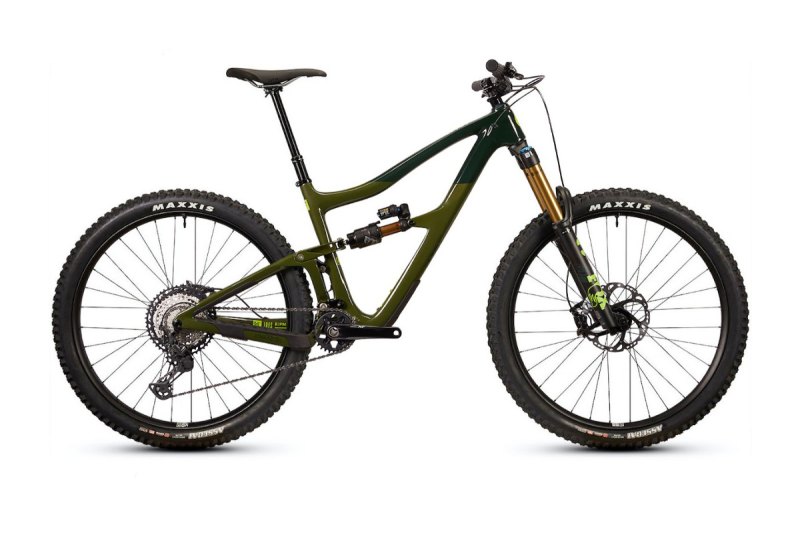
Have you ever heard the phrase “buy once, cry once”? The idea is that spending more money on the front end of a purchase means you’ll spend less in the long run. Mountain bikes are expensive, and we often cut corners and make sacrifices to bring that price down. But this may have you spending more money later.
If you’re looking into buying a new bike, chances are you’ve done your homework by watching and reading as many reviews as possible. With so many different options and ever-increasing technology, choosing a bike can be tricky. Even figuring out how to buy a mountain bike — going to a bike shop, buying direct-to-consumer, looking at the used market— can be overwhelming. When we are eager to get our new bike, and when we are driven to save money, it’s possible to purchase before we think through everything.
Warranties

Most, if not all, mountain bike manufacturers offer some kind of warranty on the frames they make. It is important to know that warranties can be tricky to navigate, and not all of them are created equal.
If your frame is covered under warranty, the warranty likely only covers “manufacturer defects.” Basically, this means if you break it, you buy it. If you take the time to get into the fine print of the warranty, you may see phrases talking about how even riding the bike could potentially compromise the material of the frame. Frame manufacturers may use this to deny your warranty claim.
Other frame manufacturers realize mountain bikes are meant to be ridden and may have different language in their warranties. They are more likely to warranty a broken frame, even if it was the result of a crash. These bikes, however, tend to be a little pricier. Yet spending a bit more now may save you from buying a new frame down the road.
It’s also important to know that most manufacturers only warranty a bike to the original owner. Buying a used bike in your local ads can save you money, but it likely won’t have a warranty behind it.
Integration and technology

The modern mountain bike is an incredible piece of technology, yet there are still a few frame manufacturers that haven’t caught up with standards that make everybody’s life much easier. If these shortcomings are found on your bike, they can leave you wishing you had made a different choice.
One such standard is a threaded bottom bracket (BB), which we see many bike companies going back to — and for good reason! For quite a while, press-fit BBs were the standard. If you had a squeak on your bike, it was likely coming from a press-fit BB. Go threaded and eliminate the squeaks!
Drivetrain problems can be one of the most common issues on your bike, but one crucial drivetrain piece is often overlooked—the derailleur hanger. For the longest time, each bike had a specific derailleur hanger, which meant that if you were on a mountain bike trip and broke your hanger, the local bike shop likely wouldn’t have the hanger you need. Trip over.
If you are looking to buy a new bike, get a bike frame that has a universal derailleur hanger. You’ll thank yourself when it breaks on your next road trip.
Editors' Recommendations
- Not sure which mountain bike to buy? Try these 2 easy tricks to test out all of your favorites
- Brand profile: Mountain Gazette is the biggest little magazine you don’t know you love (yet)
- Better understand mountain bike categories before you buy: Your complete guide
- These are the mountain bike upgrades that will increase performance
- A beginner’s guide on how to shift bike gears like a pro




